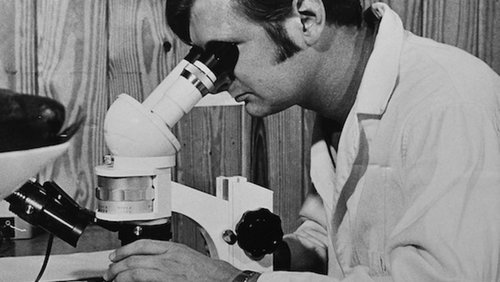When I first started designing products, I used to mainly think about their aesthetics. That seems like the right, and obvious, thing to do. However, product design is not fine art, and the goal of a product is almost never mere admiration and observation. Products are to be used for a purpose, and should be judged accordingly.
For example, a product like Amazon should be judged by its purchase numbers. If the number of purchases per user goes up over time, it’s a success. After all, the purpose of Amazon is to make an ever-increasing number of products available and painlessly purchasable. If a re-design, or design tweak, doesn’t make people buy more, then it’s obviously not contributing to the fundamental utility of the application and cannot be considered a victory – even if it was composed “perfectly” and used the right combination of fonts.
However, for various reasons, aesthetic flourishes and pretty pixels are often seen as successes in and of themselves in the technology product world. This is a fundamental error that arises from a romantic, instead of empirical, notion of what design is all about.
The design romantic sees the craft as a mysterious, almost magical, undertaking whereby the designer conjures up a unique creation from some unknown source. This is beautiful and inspiring. However, it’s a case of confused purpose.
The design “scientist” sees design as a process of empirical exploration, during which tweaks to a product are matched against changes in observed user behavior. If the changes are negative (less of the desired behavior), the designs are scrapped. If the changes are positive (more of the desired behavior), the designs are kept and built upon. It’s an iterative, evolutionary process.
While the design romantic may presume that aesthetic excellence contributes to the goals of the product, the design scientist treats this as an empirical question that can be answered by an experiment: do visual upgrades increase usage of the product?
It may feel strange to apply this type of data-driven thinking to a discipline that has traditionally been shrouded in mystique and spoken of in qualitative, instead of quantitative, terms. But we are entering a new era in which quantitative feedback is abundant and, with new tools, exceedingly easy to read and analyze. There is no excuse.
The time has come for us to realize that creative disciplines can be bolstered by what have traditionally been considered “scientific” mindsets and methods. What I am fundamentally talking about is feedback: numbers are merely a way of representing it. In every area of life feedback makes us better. It allows us to understand what effect our actions are having. It allows us to get out of the narrow perceptual tunnel that we find ourselves in. It allows us to build better products. It allows us to be design scientists — instead of hopeless romantics.





